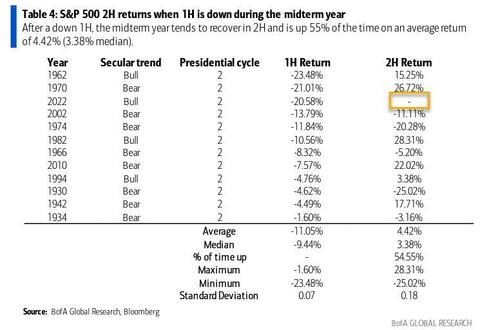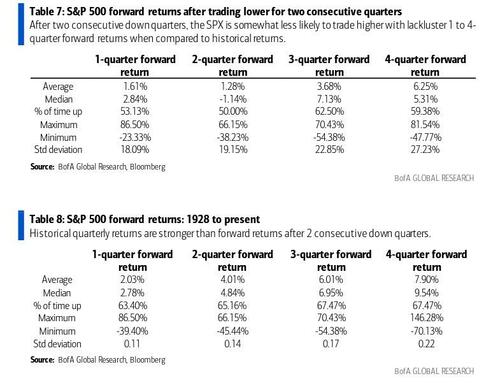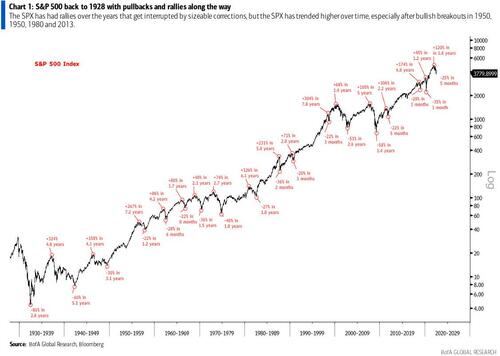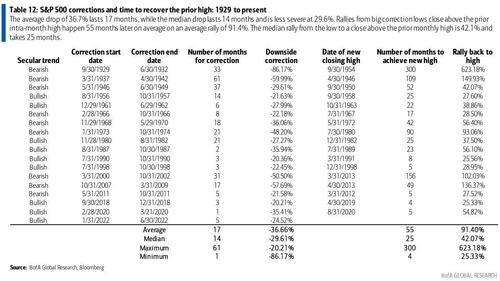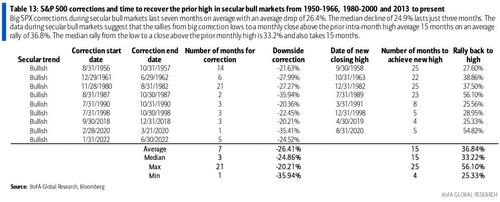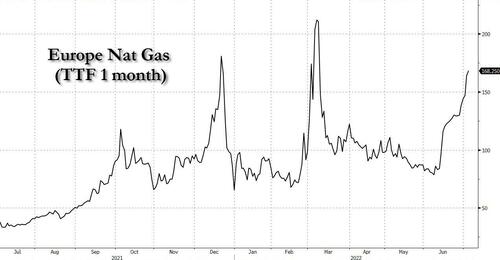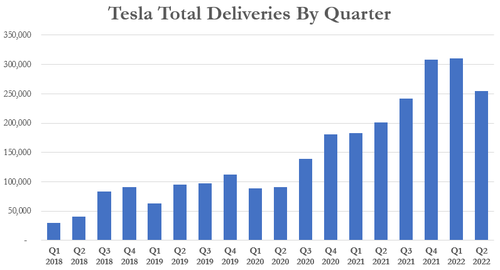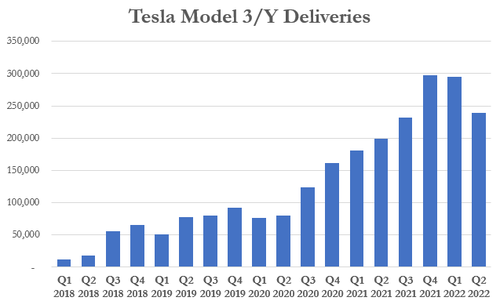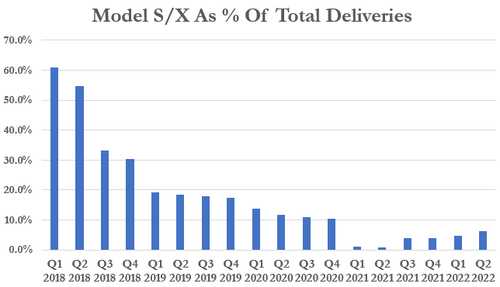From Reade v. N.Y. Times Co., decided Friday by Judge William Shubb (E.D. Cal.):
Plaintiff Tara Reade brought this action against defendant The New York Times Company challenging the alleged publication of a photograph containing her Social Security number in defendant’s newspaper, The New York Times ….
During the 2020 United States presidential campaign, plaintiff publicly accused then-candidate Joe Biden of having sexually assaulted her in the 1990s, while plaintiff was working at the United States Senate. The Times investigated plaintiff’s allegations and, to corroborate them, plaintiff provided the Times with a photograph of her federal identification card from her time with the Senate. That ID card included what turned out to be the upper portion of plaintiff’s Social Security number.
The Times published an article about plaintiff’s allegations in April of 2020, in which it included the photo of her ID card, though plaintiff had not expressly given the Times consent to publish the photo. The Times removed the photo after roughly nine hours, after plaintiff demanded its removal. Plaintiff alleges that the photo was viewed thousands or millions of times before it was removed and that there have since been hundreds of attempts to steal her identity using her Social Security number….
The court concluded that Cal. Civ. Code § 1798.85—”a person or entity may not … [intentionally communicate or otherwise make available to the general public] in any manner an individual’s social security number”—doesn’t create a private right of action:
Because § 1798.85 contains no “obvious language” indicating that cause of action exists, the court turns to legislative history. To demonstrate the existence of a cause of action, the legislative history must offer a “clear indication that the Legislature intended to create a private cause of action under the statute.” …
[P]laintiff points to two portions of a report on the law by the Assembly Committee on Banking and Finance. She first points to the report’s statement that the law represents “a modest effort to allow the victim to assertively deal with the consequences of identity theft.” Although this statement suggests the Committee’s view that the law could assist victims of identity theft in addressing the effects of such theft, its meaning is clarified when read in context with the second portion plaintiff identifies. There, the Committee recommends that the bill’s “author … consider specific causes of action and monetary sanctions for violations” and that such sanctions include “costs and attorney fees to the prevailing plaintiff.” This language makes plain the Committee’s understanding that the statute, as written, did not provide a cause of action for violations, hence the Committee’s recommendation that one or more causes of action be added. That recommendation was never adopted.
In light of those statements, this court cannot conclude that the report’s vague reference to victims “assertively deal[ing] with the consequences of identity theft” constitutes a “clear indication that the Legislature intended to create a private cause of action under the statute.” Likewise, that the report lists the statute’s projected “fiscal effect” as “None,” provides too weak an inference of intent to create a cause of action for the court to recognize one here. Although plaintiff argues the lack of a projected fiscal impact indicates that the legislature did not intend for the state Attorney General to enforce the law, and that individuals whose Social Security numbers are published therefore must be able to enforce the law themselves, (Opp. at 11 (Docket No. 15)), this rationale is far too speculative to represent a “clear indication” of legislative intent. Moreover, it appears that the Attorney General has indeed sought to enforce this statute on at least one occasion, via an action brought under California’s Unfair Competition Law, Cal. Bus. & Prof. Code § 17200, indicating that a means of enforcing the law does in fact exist.
Plaintiff also cites an unpublished California Superior Court decision, Skylight Advisors, LLC v. Does 1-25 (Cal. Super. Ct. 2021), … in arguing that a cause of action exists.There, the court stated that, “[a]s a remedial statute, the Court believes that there is a manifest intent to allow a private right of action” in § 1798.85. However, that conclusion is expressly qualified by the court’s statement that “[n]o party provide[d] the Court with the full legislative history, including what the Legislative Analyst or Counsel stated about [the existence of a] claim (if anything),” and that “the Court [was] open to persuasion on this point at a later stage of the proceedings, perhaps with a better recitation of Legislative history.” This discussion makes clear that that court did not consider the legislative materials that this court has reviewed. Skylight Advisors is therefore unpersuasive.
The court also concluded that plaintiff hadn’t sufficiently alleged that the Times had “intentionally” displayed the social security number:
The court has reviewed an unredacted image of the photo, which the court has separately ordered to be sealed, and it is not at all obvious that the number is in fact a Social Security number.Only the top half of the digits are visible at the bottom of the image, and it is not even clear what numbers they are. The two dashes typically separating the digits are also absent from the photo. The mere fact that defendant has a practice of reviewing photos before publishing them online does not plausibly suggest that its inclusion of a portion of plaintiff’s Social Security number was intentional…. [C]ourts not “required to accept as true allegations that are merely … unwarranted deductions of fact[ ] or unreasonable inferences” ….
There is no suggestion as to how defendant would have known that portions of what appear to be numbers on what was represented to be plaintiff’s identification badge as an employee of the United States Senate were in fact her Social Security number. Moreover, the Complaint does not even definitively state that defendant’s publication of the Social Security number was, in fact, intentional, but rather alleges that the publication may instead have been reckless. Because the statute specifies that intentional display or dissemination is required, recklessness is insufficient….
The court also rejected a California public disclosure of private facts claim, concluding that this generally applies only to “intimate details of [a] plaintiff’s private life,” which are “embarrassing, uncomplimentary, discreditable, indecent, derogatory, or reprehensible”:
In sum, this court concludes that, under existing California law, to state a claim for public disclosure of private facts a plaintiff must allege disclosure not merely of facts she would prefer to keep private, but rather of private facts that rise to such a level as could be characterized as embarrassing in nature, such as would adversely affect her personal or professional reputation if disclosed. Personal identifying information such as a Social Security number, standing alone, clearly does not qualify because it discloses nothing about the individual’s conduct or personal life that would adversely affect her reputation if made known to others.
And the court rejected Reade’s negligence claim, because such claims generally require physical injury to the plaintiff or plaintiff’s property, and not merely emotional or financial damages. “Precedent also establishes that allegations of ‘increased risk of identity theft,’ standing alone, are insufficient to show actual damages” recoverable in a negligence case.
Finally, the court granted the Times‘ anti-SLAPP motion (which would require Reader to pay the Times‘ attorney fees); the Ninth Circuit had held that the California anti-SLAPP statute can apply in federal cases:
“A court considering a motion to strike under the anti-SLAPP statute must engage in a two-part inquiry.” The defendant must first show “that the plaintiff’s suit arises from an act by the defendant made in connection with a public issue in furtherance of the defendant’s right to free speech under the United States or California Constitution.” “The burden then shifts to the plaintiff,” who “must show a reasonable probability of prevailing in [her] claims for those claims to survive dismissal.”
Where an anti-SLAPP motion is made at the pleading stage, challenging the legal sufficiency of a claim, the second part of the analysis is identical to the analysis performed in evaluating a motion to dismiss under Rule 12(b)(6). Accordingly, where a court concludes that a plaintiff’s complaint fails to satisfy the 12(b)(6) standard, the only remaining question is whether the suit arises from “an act by the defendant made in connection with a public issue in furtherance of the defendant’s right to free speech.”
Such an “act” includes, as relevant here, “any written or oral statement or writing made in a place open to the public or a public forum in connection with an issue of public interest” and “any other conduct in furtherance of the exercise of the constitutional right of petition or the constitutional right of free speech in connection with a public issue or an issue of public interest.” “[P]ublic issues,” in turn, include “statements concerning a person or entity in the public eye” and “topic[s] of widespread, public interest.” …
The publication of the photo, which plaintiff voluntarily provided to the newspaper that she knew intended to write a story about her, was clearly done in connection with a public issue in furtherance of the newspaper’s constitutional right to free speech…. Moreover, in the article in which the photo was published, the Times was reporting on plaintiff’s accusation that a leading candidate for President of the United States had sexually assaulted her. Such an accusation would certainly have been of interest to a substantial number of people.
Plaintiff argues that the article could have told the story just as effectively without the photo or if the editors had omitted the number segments from the bottom of it. First, since it was plaintiff who submitted the photo with the partial number visible on the bottom to the Times, presumably she agreed that both the photo and the numbers had some relevance to the article in that they corroborated her claim that she had worked for the Senate. More importantly, the test is not whether the article could have been written or presented differently, but rather only whether the defendant has shown that its actions were “in furtherance of” its constitutional right of free speech in connection with a public issue.
Congratulations to the Times’ lawyer Al-Amyn Shiraz Sumar and to Kanika D. Corley of Akerman LLP on the victory.
The post Lawsuit by Tara Reade (Who Accused President Biden of Sexual Assault) Against N.Y. Times Dismissed appeared first on Reason.com.
from Latest https://ift.tt/MUhLpZV
via IFTTT

